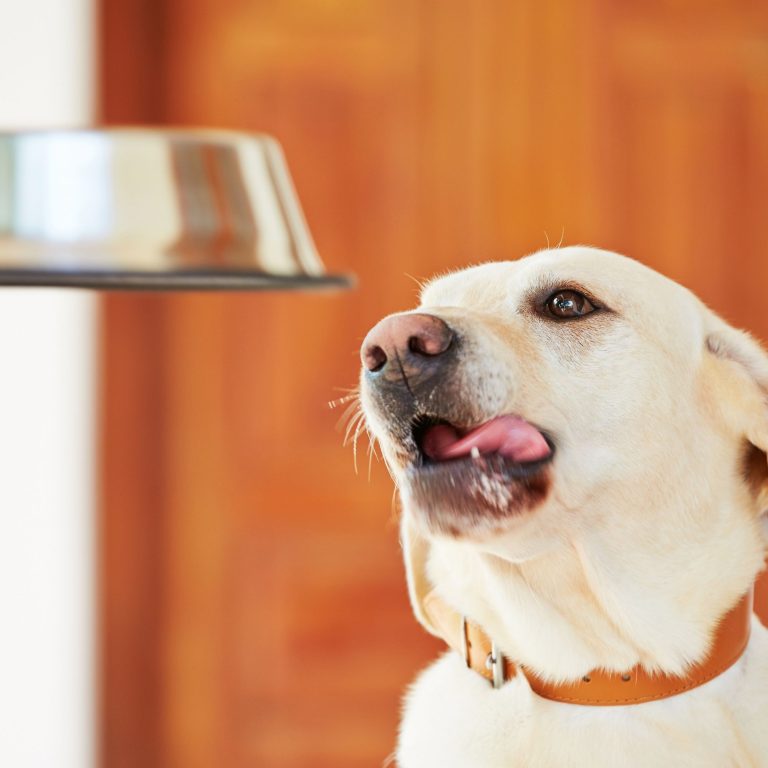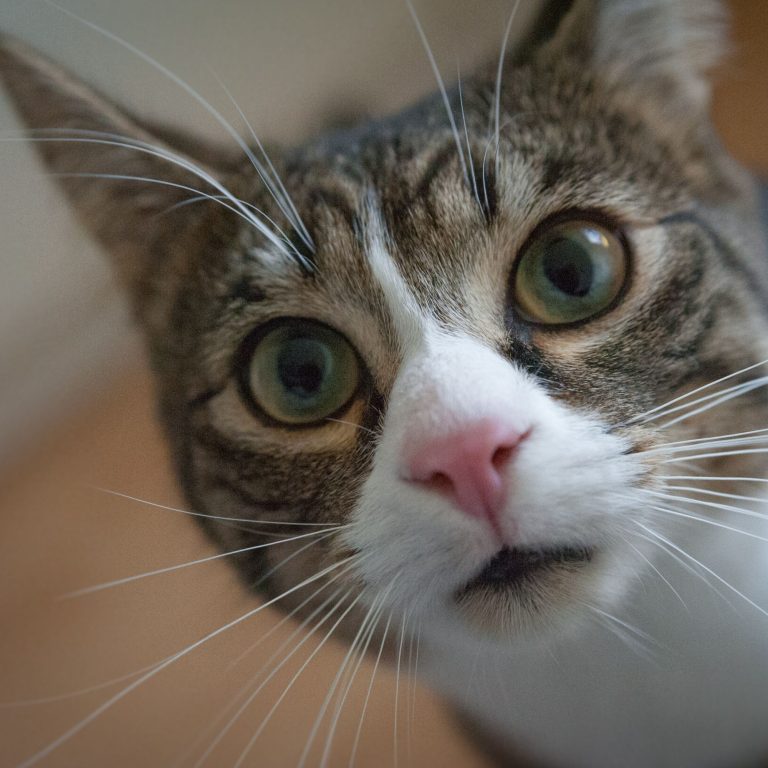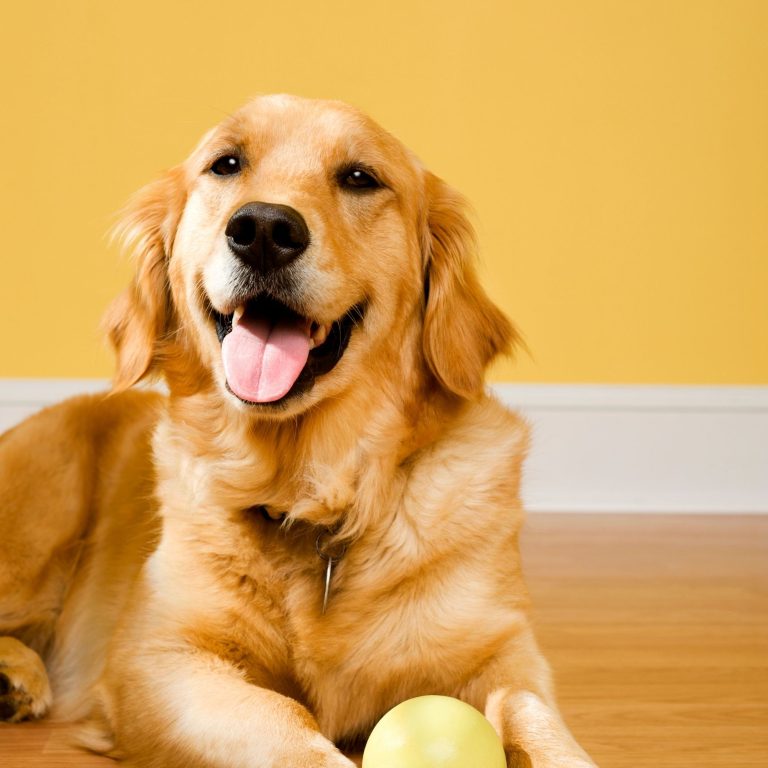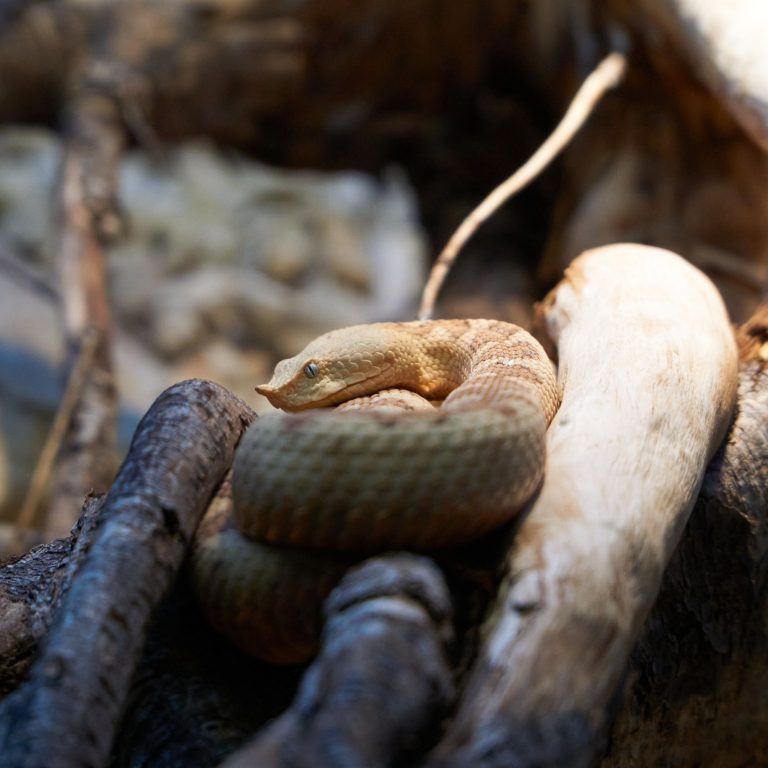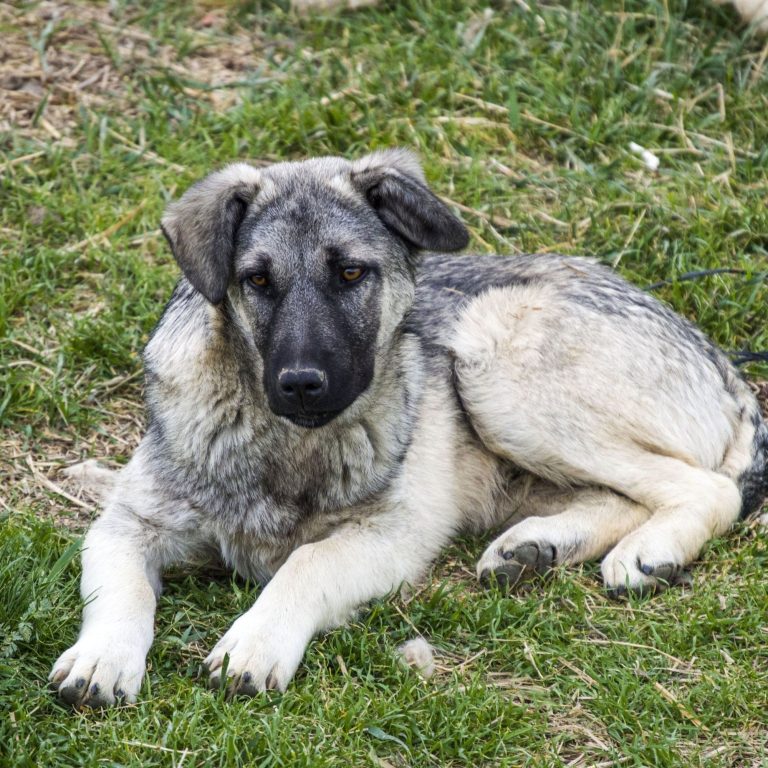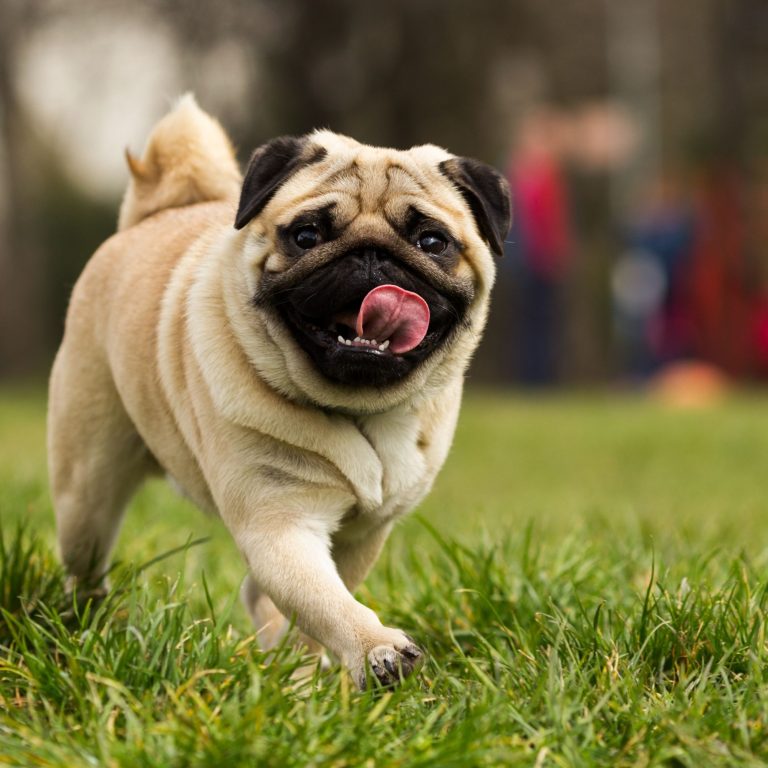Must-Have Protection: The Ultimate Waterproof Pet Bed Liner Guide
Understanding Waterproof Pet Bed Liners
When it comes to providing a comfortable and clean sleeping environment for your furry friend, a waterproof pet bed liner is a must-have accessory. Let’s take a closer look at what exactly a waterproof pet bed liner is and why it plays a crucial role in maintaining the hygiene and longevity of your pet’s bed.
What is a Waterproof Pet Bed Liner?
A waterproof pet bed liner is a protective layer that is placed between the pet bed and the outer cover. It acts as a barrier, preventing liquids from seeping into the bed and causing damage. These liners are typically made from materials that are impermeable to water, such as plastic, rubber, or fabric with a waterproof coating.
The primary purpose of a waterproof pet bed liner is to safeguard the inner filling of the bed from moisture, spills, accidents, and other potential sources of liquid. By preventing liquids from permeating the bed, the liner helps to maintain the integrity of the filling and keeps the bed clean and odor-free.
The Importance of a Waterproof Pet Bed Liner
Investing in a waterproof pet bed liner offers several key benefits for both you and your pet. Here are some reasons why a waterproof liner is an essential component of your pet’s bed setup:
1. Protection Against Accidents and Spills: Pets can have accidents or spills on their beds, whether due to potty training issues, illness, or other unforeseen circumstances. A waterproof liner acts as a protective shield, preventing liquids from seeping into the bed and potentially damaging the filling or creating an unpleasant odor.
2. Moisture Barrier for Odor Control: Moisture can lead to the growth of bacteria and mold, resulting in unpleasant odors. A waterproof liner creates a barrier that inhibits moisture from penetrating the bed, thus helping to control odors and maintain a fresh sleeping environment for your pet.
3. Prolonging the Life of Your Pet Bed: By adding a layer of protection, a waterproof liner helps to extend the lifespan of your pet’s bed. It shields the inner filling from wear and tear caused by moisture, ensuring that the bed remains supportive and comfortable for a longer period.
To ensure the best fit and protection, it’s important to choose a waterproof pet bed liner that is compatible with the size and shape of your pet’s bed. Additionally, opt for a liner that is easy to clean and maintain, as this will make your life much easier when accidents happen. For more information on different types of waterproof pet bed liners and what to consider when choosing one, continue reading our detailed guide on best waterproof pet bed.
With a reliable waterproof pet bed liner in place, you can provide your pet with a clean, dry, and comfortable sleeping space, ensuring their well-being and happiness.
Benefits of Using a Waterproof Pet Bed Liner
Investing in a waterproof pet bed liner offers a range of benefits for both you and your furry friend. Let’s explore the advantages of using a waterproof pet bed liner, including protection against accidents and spills, moisture barrier for odor control, and prolonging the life of your pet bed.
Protection Against Accidents and Spills
Pets, especially young ones or those with certain health conditions, may occasionally have accidents or spills on their beds. A waterproof pet bed liner acts as a protective barrier, preventing liquids from seeping through and reaching the mattress or foam inside. Whether it’s urine, water, or any other liquid, the waterproof liner ensures that the mess stays contained, making cleanup a breeze. This not only helps to maintain a clean and hygienic sleeping environment for your pet, but it also protects the underlying materials of the pet bed from damage and potential odor absorption.
Moisture Barrier for Odor Control
One of the common issues pet owners face is dealing with unpleasant odors that can emanate from the pet bed. Moisture, if absorbed by the bed’s filling or foam, can contribute to the growth of bacteria and the development of unwanted odors. By using a waterproof pet bed liner, you create a moisture barrier that prevents liquids from penetrating the bed’s inner layers. This barrier helps to control odors and keeps the bed smelling fresh for longer periods. For additional tips on maintaining a clean and odor-free pet bed, check out our article on washable waterproof pet bed.
Prolonging the Life of Your Pet Bed
Pet beds can be a significant investment, and you want them to last as long as possible. A waterproof pet bed liner plays a crucial role in extending the lifespan of your pet bed. By shielding the bed’s filling or foam from moisture, the liner helps to prevent mold and mildew growth, which can deteriorate the bed’s structure over time. Additionally, since the liner acts as a protective layer, it reduces the risk of stains, tears, and other damages that can occur due to accidents or spills. This means your pet bed stays in better condition for longer, saving you money in the long run.
When selecting a waterproof pet bed liner, it’s important to consider factors such as size, fit, ease of cleaning, and compatibility with your specific pet bed. By choosing the right liner, you can enjoy the benefits of enhanced protection, improved odor control, and a prolonged lifespan for your pet bed. Whether you have a large breed dog, a small cat, or any other furry companion, there are various options available to suit your needs. Explore our collection of articles on waterproof pet beds to find the perfect match for your beloved pet.
Types of Waterproof Pet Bed Liners
When it comes to protecting your pet’s bed from accidents and spills, choosing the right type of waterproof pet bed liner is essential. There are several options available, each with its own unique features and benefits. Let’s explore three common types of waterproof pet bed liners: plastic liners, rubberized liners, and fabric liners with waterproof coating.
Plastic Liners
Plastic liners are a popular choice for waterproofing pet beds. These liners are typically made of durable and easy-to-clean materials such as polyethylene or PVC. They provide a solid barrier against liquid penetration, keeping the pet bed dry and protected.
One of the advantages of plastic liners is their affordability and availability in various sizes to fit different pet bed dimensions. They are also resistant to stains and odors, making them a practical choice for pets prone to accidents.
| Pros | Cons |
|---|---|
| Affordable | May produce noise when pets move on the bed |
| Easy to clean | Can be less comfortable for pets |
| Provides a solid barrier against liquids | May not be as breathable as other options |
Rubberized Liners
Rubberized liners offer excellent waterproofing capabilities while providing added comfort for your pet. These liners are typically made of rubber or a rubber-like material that acts as a moisture barrier. They are often designed with raised edges or channels to contain any liquid spills or accidents.
Rubberized liners are known for their durability and resistance to wear and tear. They are also easy to clean and maintain, making them a convenient choice for pet owners.
| Pros | Cons |
|---|---|
| Provides a comfortable and secure surface | Can be more expensive than other options |
| Durable and long-lasting | May have a rubber odor initially |
| Easy to clean and maintain | May not be suitable for pets with latex allergies |
Fabric Liners with Waterproof Coating
Fabric liners with a waterproof coating offer a combination of comfort and protection for your pet’s bed. These liners are typically made of fabric materials such as polyester or cotton, with a layer of waterproof coating applied to provide resistance to liquids.
The fabric liners with waterproof coating offer a soft and cozy surface for your pet to rest on while effectively repelling moisture. They are often breathable, allowing for better airflow and temperature regulation.
| Pros | Cons |
|---|---|
| Soft and comfortable for pets | May require more frequent washing |
| Breathable and temperature-regulating | Waterproof coating may wear off over time |
| Easy to clean and maintain | May not provide as solid of a barrier as other options |
Choosing the right type of waterproof pet bed liner depends on your pet’s needs and preferences, as well as your own cleaning and maintenance preferences. Consider the size and fit, ease of cleaning, and compatibility with your pet bed when making your selection. By using a suitable waterproof pet bed liner, you can ensure that your pet’s bed stays clean, dry, and protected.
Considerations When Choosing a Waterproof Pet Bed Liner
When it comes to selecting a waterproof pet bed liner, there are a few important considerations to keep in mind to ensure you choose the right one for your needs. These considerations include size and fit, ease of cleaning and maintenance, and compatibility with your pet bed.
Size and Fit
One of the key factors to consider when choosing a waterproof pet bed liner is the size and fit. It’s essential to select a liner that matches the dimensions of your pet bed. A liner that is too small may not provide adequate coverage, while one that is too large may be difficult to secure properly.
To determine the appropriate size, measure the length and width of your pet bed and choose a liner that closely matches these dimensions. It’s important to ensure that the liner covers the entire surface area of the bed to provide effective waterproof protection. Additionally, check the depth or thickness of the liner to make sure it fits comfortably within the bed.
Ease of Cleaning and Maintenance
Another crucial consideration is the ease of cleaning and maintenance of the waterproof pet bed liner. Accidents and spills are inevitable, so having a liner that is easy to clean is essential for maintaining a hygienic sleeping environment for your pet.
Look for a liner that can be easily wiped clean or can be machine-washed and dried. Some liners may also be stain-resistant, which can help prevent discoloration and make cleaning even more convenient. For specific cleaning instructions, refer to the manufacturer’s guidelines provided with the liner.
Compatibility with Your Pet Bed
Lastly, ensure that the waterproof pet bed liner is compatible with your pet bed. Different types of pet beds may require specific liners to fit properly. For example, some pet beds have a raised or bolstered design, and it’s important to choose a liner that can accommodate these features.
Before purchasing a liner, check the product description or consult with the manufacturer to ensure compatibility with your specific pet bed. This will help you avoid any issues with fit or functionality and ensure that the liner provides the intended protection for your pet bed.
By considering these factors – size and fit, ease of cleaning and maintenance, and compatibility with your pet bed – you can choose a waterproof pet bed liner that meets the unique needs of both you and your furry friend. For more information on waterproof pet beds, visit our article on waterproof pet bed.
Tips for Using a Waterproof Pet Bed Liner
To ensure the maximum effectiveness and longevity of your waterproof pet bed liner, follow these helpful tips:
Proper Installation and Secure Fit
When using a waterproof pet bed liner, it’s essential to ensure a proper installation and a secure fit. Follow the manufacturer’s instructions to correctly position the liner within the pet bed. Make sure it covers the entire surface area and fits snugly to prevent any liquid from seeping through. A loose or ill-fitting liner may compromise its effectiveness, so take the time to adjust it properly.
Regular Cleaning and Maintenance
Regular cleaning and maintenance are key to keeping your waterproof pet bed liner in top condition. Remove the liner from the pet bed according to the manufacturer’s recommendations and clean it as instructed. Most liners can be easily wiped clean or machine washed. Regularly cleaning the liner helps prevent the buildup of dirt, debris, and odors, keeping it fresh and hygienic for your furry friend.
Additional Tips for Maximum Protection
In addition to proper installation and regular cleaning, consider these additional tips to maximize the protection provided by your waterproof pet bed liner:
-
Use a pet bed cover: Consider adding a washable cover over the waterproof liner for added protection and easy maintenance. This can help protect the liner from excessive wear and tear and extend its lifespan.
-
Monitor for wear and tear: Regularly check the condition of the liner for any signs of wear and tear. If you notice any damage, such as rips or tears, replace the liner promptly to maintain its effectiveness.
-
Consider layering: For extra protection, you can layer the waterproof pet bed liner with an absorbent pad or towel. This can help absorb any excess moisture that may accumulate on the surface of the liner.
Remember, a high-quality waterproof pet bed liner, such as those made of plastic, rubberized material, or fabric with a waterproof coating, can provide excellent protection against accidents, spills, and moisture. By following these tips, you can ensure that your pet’s bed remains clean, dry, and comfortable. For more information on different types of waterproof pet beds, check out our article on waterproof pet bed.


